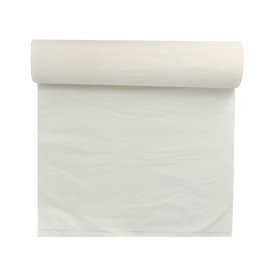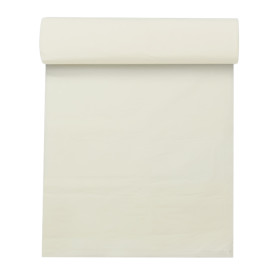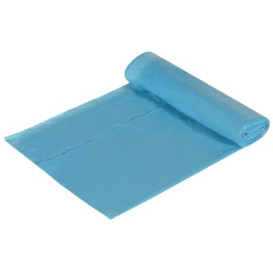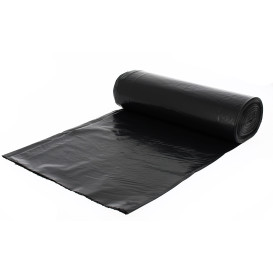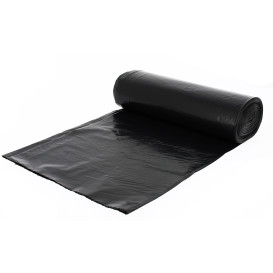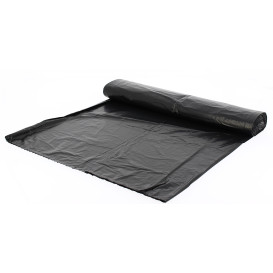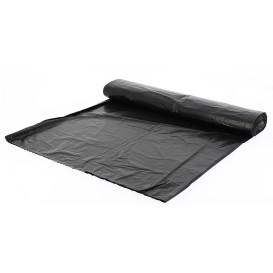Brand
Colour
Material
Micronage
Product type
Bin Bags
Choosing the best bin bag nowadays can be quite a challenge. Among biodegradable, plastic, and recycled rubbish bags, each one meets specific needs. The cleanliness and efficiency of the business can literally end up in the rubbish if the right decision is not made regarding rubbish bags for the different types of waste in a company.
Discover at Monouso the types of bin bags available and which one is the best solution for each of the needs in the different areas of all types of businesses.
Featured products in Bin Bags
- Pack
- Eco
600
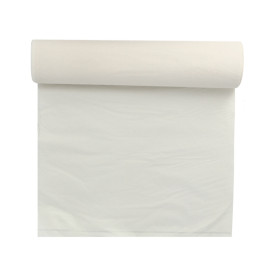

Trash Bag 100% Biodegradable 44x44cm (600 Units)
12636-15-40
600 Units
130, 68€
0,218€/Trash
In Stock
- Pack
- Eco
250
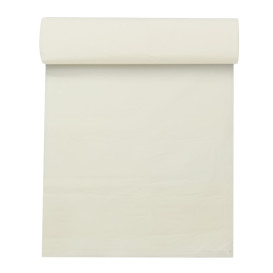

Trash Bag 100% Biodegradable 85x103cm (250 Units)
12637-10-25
250 Units
216, 53€
0,866€/Trash
In Stock
- Pack
750
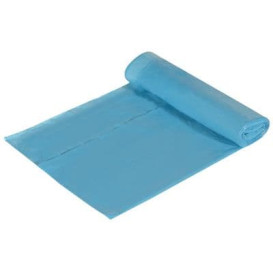

Trash Bag Blue Easy Closure 55x60cm (750 Units)
4306-15-50
750 Units
79, 74€
0,106€/Trash
In Stock
- Pack
750

Trash Bag Black Easy Closure 55x60cm (750 Units)
4305-15-50
750 Units
79, 74€
0,106€/Trash
Out of Stock
- Pack
1250

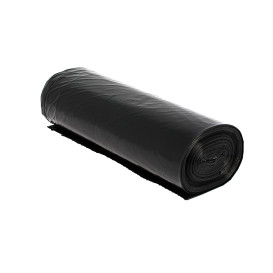
Trash Bag 25 Bags Roll 52x60cm (1.250 Bolsas)
4194-25-50
1250 Units
97, 89€
0,078€/Trash
In Stock
- Pack
300
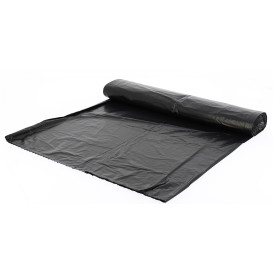

Trash Bag 10 Bags Roll G130 85x105cm (300 Bolsas)
4195-10-30
300 Units
78, 36€
0,261€/Trash
In Stock
- Pack
250
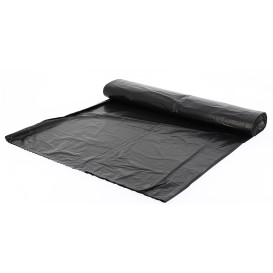

Rubbish Bag 90x110cm G170 in Roll (250 Units)
4196-10-25
250 Units
66, 85€
0,267€/Rubbish
In Stock
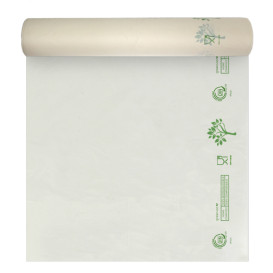

Roll Bags Bio Home Compost 35x48cm 18µm (100 Units)
13753-100
100 Units
13, 91€
0,139€/Roll
Out of Stock
- Pack
1000
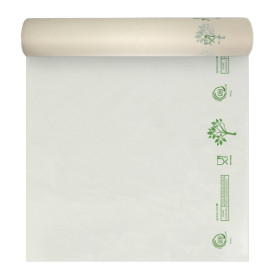

Roll Bags Bio Home Compost 35x48cm 18µm (1.000 Units)
13753-100-10
1000 Units
111, 32€
0,111€/Roll
Out of Stock
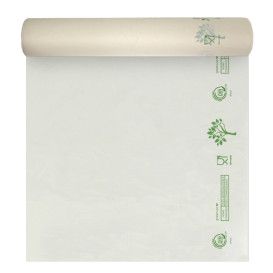

Trash Bag 100% Biodegradable 52x58cm 17,5µm (100 Units)
13754-100
100 Units
26, 86€
0,269€/Trash
Out of Stock
- Pack
1000
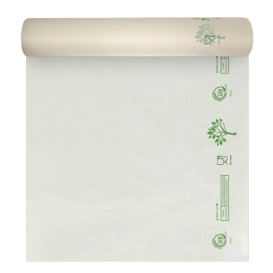

Trash Bag 100% Biodegradable 52x58cm 17,5µm (1.000 Units)
13754-100-10
1000 Units
214, 90€
0,215€/Trash
Out of Stock
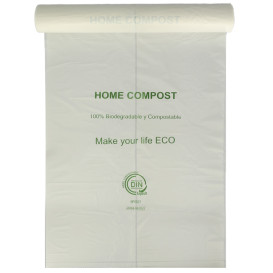

Trash Bag 100% Biodegradable 90x110cm 22,5µm (25 Units)
13755-25
25 Units
31, 38€
1,255€/Trash
In Stock
- Pack
300
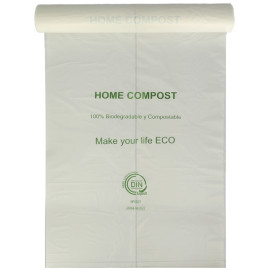

Trash Bag 100% Biodegradable 90x110cm 22,5µm (300 Units)
13755-25-12
300 Units
301, 17€
1,004€/Trash
Out of Stock
Bin Bags: Quality and Strength for Your Business
Types of Bin Bags and Their Uses
Bin bags are not all the same, as not all types of waste are comparable and each requires a specific type of bag.
Choosing the right rubbish bags impacts both the cleanliness of the business and regulatory compliance. That is why it is necessary to know which type of solution is most appropriate at all times.
Plastic Waste Bags
Made from LDPE or HDPE, commonly used for the collection of household and commercial waste, designed to withstand a considerable amount of waste from various materials, including other plastics.
Biodegradable Bin Bags
Made from plant fibres and bioplastics, designed to decompose within a short period under certain conditions, usually industrial composting. Used for organic products that facilitate composting.
Recycled Plastic Bin Bags
Made from post-consumer plastics, such as LDPE and HDPE, which involves less use of raw materials in the production of these bags, and they can return to the cycle after a new recycling process. They are typically used for recyclable waste, such as other plastics and cardboard.
Plastic-Free Bin Bags
Made from plant-based materials and designed to decompose under conditions that result in high-quality compost. They should be used exclusively for biodegradable organic waste.
Heavy-Duty Plastic Bin Bags
The largest bags on the market, designed for bulky and heavy waste, such as construction debris, workshop waste or industrial kitchen waste. They are highly resistant to tearing and leaking.
What Size of Bin Bag Do You Need?
Knowing how to choose the right size of rubbish bag is essential to optimise the use of different types of bags and facilitate hygiene tasks.
- Small Rubbish Bags (20 to 50 litres): The most common size for office bins and small bathroom or kitchen containers.
- Medium Rubbish Bags (50 to 100 litres): The appropriate size for waste from shops, cafés, or common areas in businesses.
- Large Rubbish Bags (100 to 240 litres): Designed for bulky waste, such as that from hospitality businesses, hospitals, or shopping centres.
Tips for Choosing the Right Bin Bags
The choice of waste bag type is not only associated with size, depending on the waste volume, but also with:
- Type of waste: For kitchen waste, it is ideal to use small plastic-free rubbish bags; whereas for office bins, where any kind of material may be discarded, it is better to use recycled plastic rubbish bags.
- Environmental commitment: To reduce environmental impact, it is ideal to choose the most appropriate plastic bags according to the type of waste discarded in each area of the business.
- Frequency of use: Compostable and wet waste bags should be changed daily; whereas large-capacity bags and clean general waste, such as office paper, can be changed weekly. If you need to change the bags several times a day, buying rubbish bags in bulk is the most efficient solution.
At Monouso we offer a wide range of biodegradable, plastic, and recycled rubbish bags where you can find all the solutions for every business need.
 Spain
Spain
 France
France
 Germany
Germany
 Italy
Italy
 Belgium
Belgium
 Luxemburg
Luxemburg
 Portugal
Portugal
 United Kingdom
United Kingdom
 Netherlands
Netherlands
 Poland
Poland
 Czech Republic
Czech Republic
 Rest of Europe
Rest of Europe

